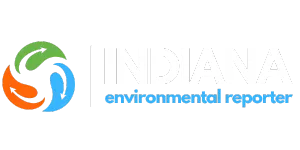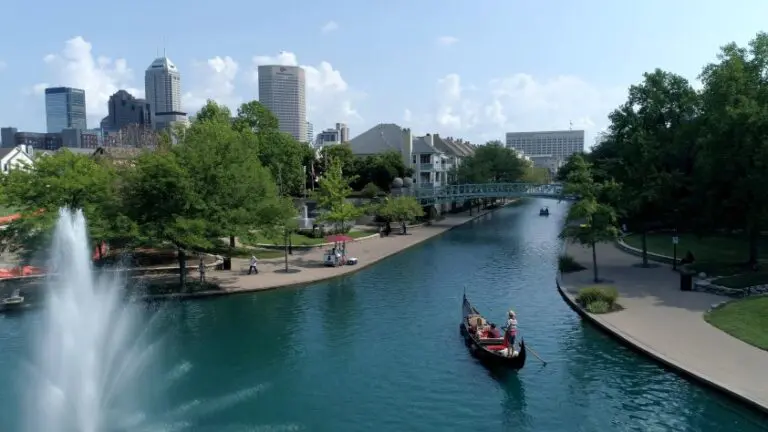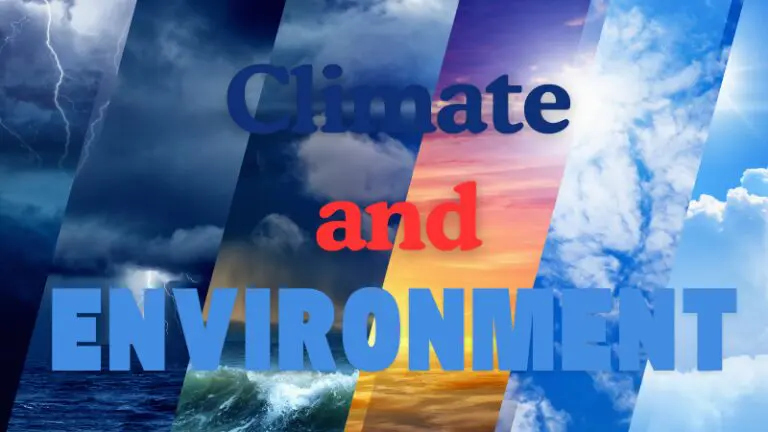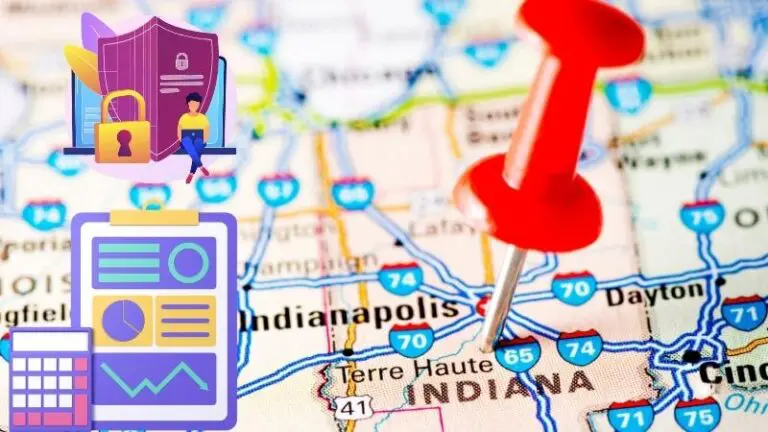Indiana’s waterways are in distress, with numerous reports highlighting the severe pollution issues affecting the state’s rivers and lakes. IndyStar reveals that nearly 25,000 miles of Indiana rivers are too contaminated for recreational use.
With that in mind, local environmental organizations are trying to combat these pollution challenges and restore the quality of Indiana’s water resources. In fact, the Hoosier Environmental Council is actively working to address the most pressing threats, such as sediment runoff and excess nutrients, which contribute significantly to water pollution.
Table of Contents
ToggleWhat Challenges Do Water Resources Face?
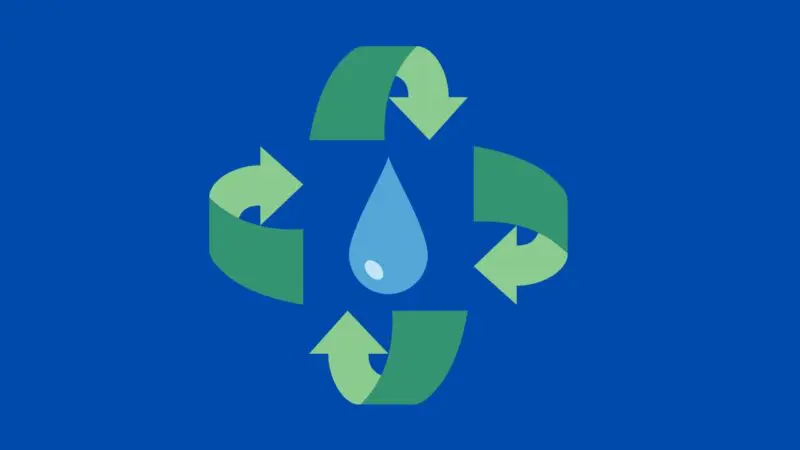
According to a report by the Environmental Integrity Project, nearly 25,000 miles of rivers are too polluted for activities such as swimming. Common pollutants include sediment, excess nutrients like phosphorus, and harmful bacteria, including E. coli.
These contaminants primarily come from agricultural runoff, industrial activities, and wastewater discharge. The Clean Water Act aimed to address these issues, yet substantial work remains to achieve its goals.
“I lived in the Washington D.C. area as a teenager for several years and you could smell the Potomac [River]. And we lived miles away — you could smell it pretty much every summer day,” says Eric Schaeffer, the executive director of the Environmental Integrity Project.
Why We Need to Protect the Water
Regulatory measures and conservation efforts are continually needed to protect Indiana’s water quality. Rivers like the Wabash and Ohio provide habitat for diverse wildlife. Lakes, such as Lake Michigan, are vital for recreation and tourism. These water bodies also supply drinking water to millions, making them essential for public health.
Additionally, rivers and lakes in Indiana support agriculture through irrigation and are vital for transportation and industry.
What Legislative Actions Are Being Taken to Protect Water Quality?
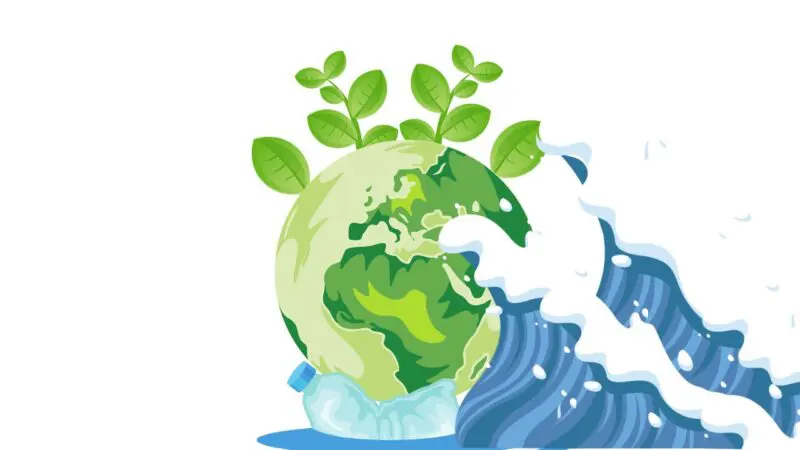
State Regulations and Policies
According to to the Indiana Capital Chronicle, the state’s wetlands law was weakened in 2021, but it may be revisited during the 2024 legislative session. Proposed changes aim to enhance statewide protection of wetlands.
A significant factor contributing to these policy changes is the ongoing debate over an industrial development project. This has raised concerns about water rights and pollution.
US replaced auto plants in Indiana and Ohio with plastic plants.
Here is a “plastic recycling” plant in Indiana set ablaze releasing black toxic smoke into the air felt and visible from 10s of miles away.
A crumbling empire taking its own people down.
— Palestine Will Be Free 🔻 (@empiresdown) April 12, 2023
Federal Support and Compliance
The state’s compliance with federal mandates remains a key component in water protection efforts. The recent ruling in Sackett v. Environmental Protection Agency could potentially alter the landscape, creating a patchwork of state-level protections.
This would require careful coordination between state and federal bodies to ensure comprehensive water quality standards are met.
Key Initiatives for Reducing Pollution

Agricultural Runoff Management Programs
One major area of focus is the management of agricultural runoff, which can carry pesticides and fertilizers into water bodies. To address this, farmers are encouraged to implement Best Management Practices (BMPs) like cover crops and nutrient-management strategies.
According to the USDA’s Agricultural Research Service (ARS), these practices can significantly decrease the quantity of harmful chemicals entering streams and lakes. Additionally, the installation of buffer strips and constructed wetlands along farmland can filter and absorb pollutants before they reach water bodies.
Programs such as the Conservation Reserve Enhancement Program support these measures by providing financial incentives to farmers who adopt these environmentally friendly techniques.
Industrial and Municipal Effluent Treatments
Industries and municipalities are also key players in pollution reduction, especially regarding wastewater treatment. Industries are required to incorporate advanced technologies to eliminate contaminants from wastewater before it is discharged into natural water bodies.
The Environmental Integrity Project underscores the importance of these regulatory requirements and ensures ongoing compliance. Municipal sewage treatment facilities are being upgraded with new technologies, such as membrane bioreactors and systems designed for enhanced nutrient removal, to provide more effective filtration of harmful substances.
These advancements are vital for protecting local waterways from industrial and urban pollution.
Indiana weather is all phucked up. It should have been in the 70s in June and it hung around 50. It should be 60 in October and today it is going to be 80.#geoengineering by the #militaryindustrialcomplex is destroying our entire earth. pic.twitter.com/DdEQ1y5VDB
— Dreaming A Little Dream (@nixon_kath99947) October 29, 2024
Urban Stormwater Management Strategies
Urban areas have adopted various strategies to control stormwater runoff, which can carry pollutants from streets and construction sites into rivers and lakes. Indiana, for example, has implemented green infrastructure solutions, as noted by the National Resources Defense Council.
This includes the use of permeable pavements and green roofs, which reduce runoff volume and help filter pollutants before they reach water bodies. Additionally, state regulations mandate construction permits and erosion controls to minimize sediment and runoff from building sites.
Public awareness campaigns further educate residents about the safe disposal of household hazardous materials to prevent contamination from entering storm drains. In urban areas, stormwater ponds and constructed wetlands capture and treat runoff, improving water quality by reducing the quantity of pollutants reaching natural water systems.
Restoration and Conservation Efforts
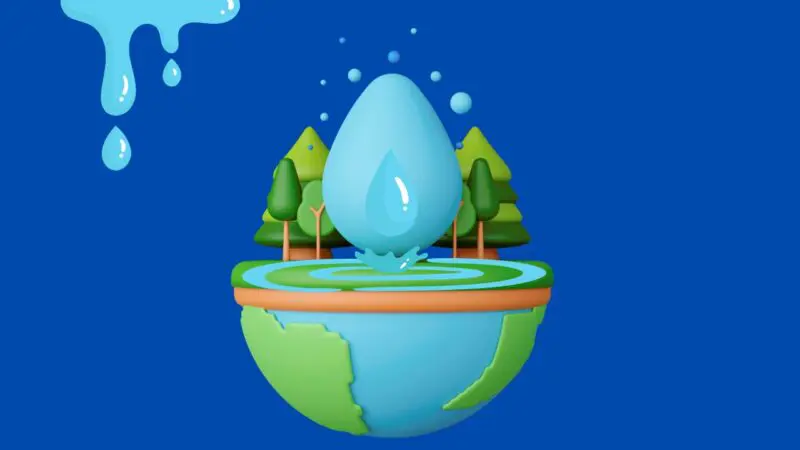
Wetlands Restoration Projects
Indiana has been actively working to restore wetlands through projects funded by partnerships like the Great Lakes Restoration Initiative (GLRI). These restoration efforts focus on reestablishing natural water filtration systems, which help reduce pollutants entering waterways.
Indiana farmers in key watersheds are eligible for specific conservation initiatives to restore wetlands. This restoration is essential as wetlands filter sediments and nutrients, thus protecting water quality in the Great Lakes basin.
*Private companies, such as Magnolia Land Partners, assist in these efforts by helping farmers restore their lands into functional wetlands.
🌍 Living Lakes supports the #RestorationDay Initiative at #COP16! Watch Eugenio Valderrama from @fhumedales, our LLBCP partner, share insights on restoring lakes & wetlands to protect biodiversity and tackle climate challenges. 🌎💧 #LivingLakes #GenerationRestoration pic.twitter.com/eohQNY5F6J
— Living Lakes Network (@LivingLakesNet) October 30, 2024
Riparian Buffers Implementation
Riparian buffers, the vegetated areas near waterways, play a critical role in improving water quality by filtering out pollutants before they reach rivers and lakes. Indiana implements these buffers along many of its waterways to reduce sediment runoff, nutrient loading, and contamination from agricultural fields.
This year, I proudly advocated in Congress for extending the Great Lakes Restoration Initiative (GLRI). The GLRI is not only good for our lakes, it’s good for our economy. Michigan has the most freshwater coastline of any state, and I’ll always fight to protect our Great Lakes. pic.twitter.com/OpLq7fXxJ6
— Rep. John James (@RepJames) October 13, 2024
Invasive Species Control
According to Science Direct, non-native species can disrupt aquatic ecosystems, degrade water quality, and outcompete native species. Programs aimed at eradicating or managing invasive species like Asian carp, zebra mussels, and Eurasian watermilfoil are in place.
These efforts involve monitoring water bodies, removing these species, and educating the public on preventing the spread of invasives. Effective control of invasive species is vital for maintaining the ecological balance and ensuring the health of Indiana’s rivers and lakes.
How Are We Monitoring and Researching Water Pollution?
The Indiana Department of Environmental Management (IDEM) employs advanced methodologies for water quality data collection and analysis. IDEM utilizes programs like the Surface Water Quality Monitoring Strategy, which outlines protocols for sampling water chemistry, E. coli, fish populations, and macroinvertebrates.
Field teams collect samples across various sites, ensuring a representative snapshot of water quality. This data is crucial for compliance with the Clean Water Act and the Safe Drinking Water Act. The collected information is then analyzed to detect pollutants and assess the overall health of water bodies.
What You Can Do to Help
If you’re wondering how you can help, even small actions make a big difference:
- Join a cleanup: Many local groups organize river and lake cleanups, where volunteers remove trash and debris from the water.
- Use less fertilizer: If you have a lawn or garden, reducing the amount of fertilizer you use can help prevent runoff that pollutes waterways.
- Properly dispose of chemicals: Don’t pour oils, paints, or chemicals down the drain. Take them to a local hazardous waste facility.
- Conserve water: Using less water at home reduces the strain on water treatment systems, helping prevent overflows and pollution.
Where Do We Head from Here?
According to the Indiana Department of Environmental Management, Indiana has made substantial strides in safeguarding its drinking water through comprehensive programs like the Source Water Protection Program (SWPP) and Source Water Assessment Program (SWAP), but continued progress will require expansion and adaptation of these initiatives.
Moving forward, there is a growing need to enhance the monitoring and management of emerging contaminants, such as Per- and Polyfluoroalkyl Substances (PFAS), whose prevalence in Community Water Systems calls for advanced treatment solutions.
Strengthening the Wellhead Protection Program (WHPP) can further protect groundwater sources, ensuring public systems remain resilient against contamination.
Addressing nonpoint source pollution will also be essential as it remains a significant threat to Indiana’s rivers, lakes, and streams, requiring more robust community education and watershed-based pollution control. Moreover, enhancing enforcement and support for Aboveground Storage Tank regulations will help minimize risks from hazardous spills.
Sources
1. IndyStar – New report finds Indiana has the most dirty waterways in U.S.
2. Environmental Integrity – The Clean Water Act at 50
3. wfyi – Report: Indiana has the most polluted rivers, streams of any state
4. Indiana Capital Chronicle – More than 260 acres of Indiana wetlands lost since 2021 law took effect
5. IN.gov – Source Water Protection
6. NRDC – Green Infrastructure: How to Manage Water in a Sustainable Way
Related Posts:
- How Indiana’s Attorney General Is Leading the Fight…
- $72M EPA Grant Targets 'Forever Chemicals' in Great Lakes
- South Bend Population 2025 - What’s Driving Its Growth
- How iGaming in Indiana Could Reduce Casino-Related Pollution
- What Can We Expect from the 27th Annual Pollution…
- Synthetic Fibers in Clothing Contribute to Pollution
